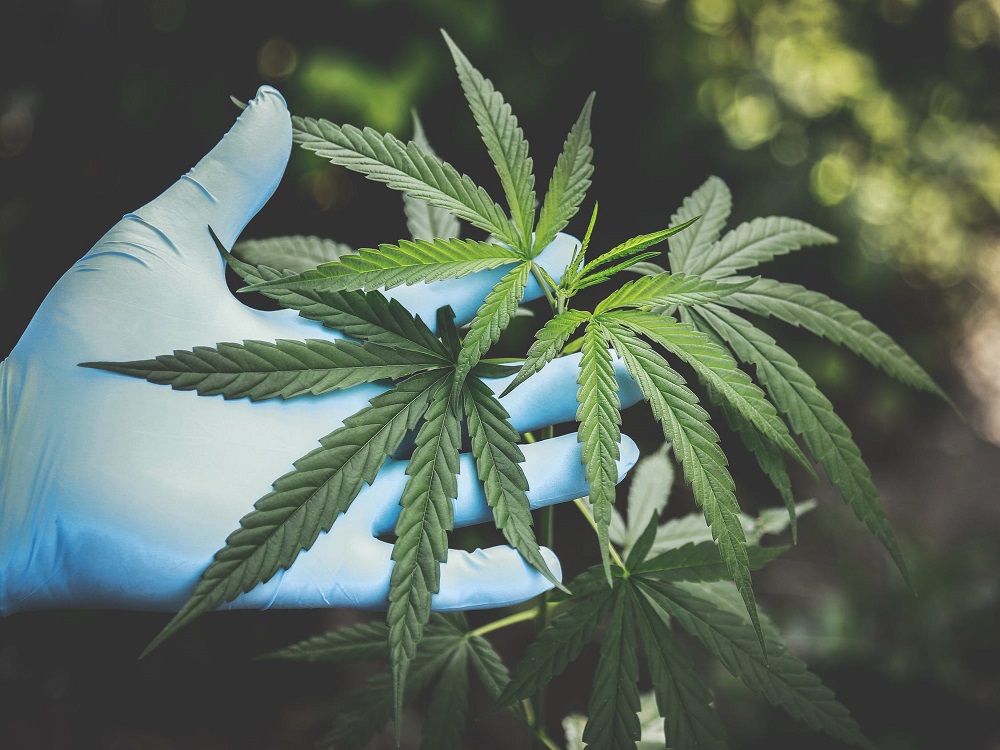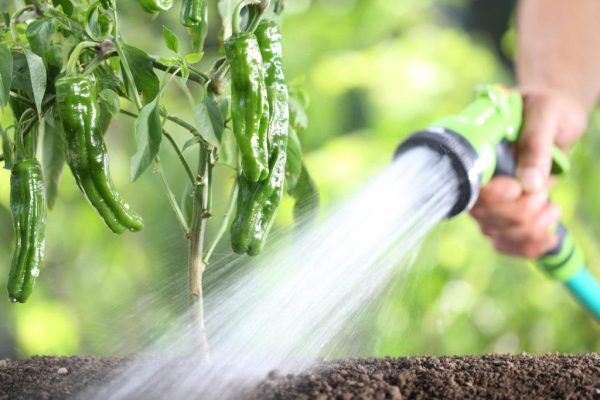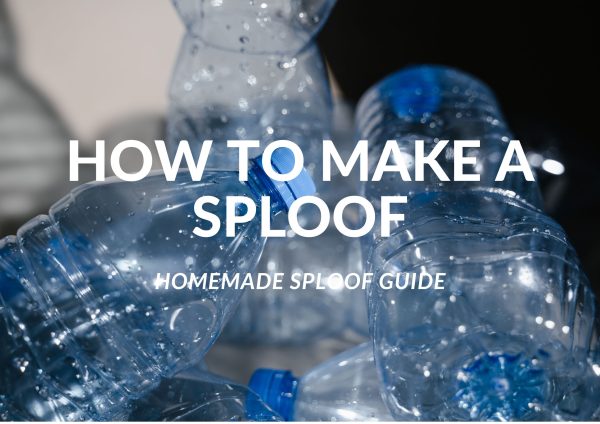So you’ve given your cannabis plants all the nutrients they require but they’re still looking limp. What gives? You might be facing something called “nutrient lockout.” Different from a nutrient burn or a nutrient deficiency, nutrient lockout means your plants can’t utilize nutrients that are in your grow medium. Let’s learn about diagnosing nutrient lockout and how to fix it.
What is nutrient lockout?
Nutrient lockout occurs when cannabis can’t absorb the required nutrients from the medium, even though you have provided them enough food. This is usually caused by a chemical reaction that happens between the nutrients, the medium, and the plants.
Nutrient lockout is commonly seen in indoor planting (when growing in soil, coir mix, and hydroponics) and is fairly rare in outdoor growing. If you don’t solve the problem in time it may lead to nutrient deficiency, endangering your plants.
What does nutrient lockout look like?
If you observe the following signs, there is a possibility that the plants are encountering nutrient lockout:
- growth is stunted
- leaves are curled and yellow
- leaves look burnt

Plants will look weak and limp since they are unable to get enough nutrients to support their growth, however, you can’t identify it is nutrient lockout through these signs alone. The symptoms are similar to other problems—some growers may think their plants are underfed due to the stunted growth and then will add more nutrients, worsening the problem.
Before you add more nutrients, check the pH of the medium and water runoff to avoid a dangerous misdiagnosis—remember, the pH level should be between 5.5 and 7. If pH is higher or lower than that level, the plants are more likely to suffer from nutrient lockout
What causes the nutrient lockout?
- Your medium’s pH level: Just as with humidity and temperature, cannabis also has a preferred pH level. If you’re growing in soil, plants prefer a pH level between 5.5 and 6.5. If you’re growing with hydroponics, the ideal pH level is between 6.0 and 6.8. If the pH level of the medium is incorrect, it will prevent plants from absorbing the nutrients they need, and the leftover nutrients will remain in the medium.
- Nutrients: Overfeeding also contributes to an imbalance of pH. Nutrients are minerals thus the accumulation of leftover nutrients changes the pH level of the medium. Make sure you provide the correct PNK formula when feeding based on the stage of growth so you don’t overfeed them.
How do you fix nutrient lockout?
Luckily, you can fix nutrient lockout with a method that is similar to how you fix nutrient burn.
Step 1: Stop feeding your plants—there is no reason to feed your plants since they can’t eat and the nutrients will remain in the soil anyways, which will worsen the problem.
Step 2: Flush the soil—it is the built-up salts and minerals that lead to a lockout. Use clean, pH-balanced water to flush out your soil. A flush removes the built-up and rebalances the pH of the medium.
Step 3: Water after the soil is completely dry—the roots will rot if they are always soaked in wet soil; they need to breathe.
After the flush, you should provide your plants the correct amount of nutrients and keep monitoring your medium’s pH. In a hydroponic system, the method is a little different but the principle is the same: you’ll need to cleanse the excess salts and minerals—flush out all of the water from the system and replace it with pH-neutral water. After this is done, just fertilize your plants and they will be healthy again.

How do I prevent nutrient lockout?
As always, prevention is better than cure!
Regularly check the pH level of the medium—The imbalance of the medium’s pH level is the main reason for nutrient lockout. Check the pH level at least once a week but preferably twice a week and ensure an ideal environment for your plants. A pH meter is an inexpensive tool that will save you a lot of energy.
Keeping an eye on your pH levels means you can adjust feeding before a lockout occurs and save yourself a headache. If you’re having trouble with pH, look into either Lyme or sulfur, these both help control soil pH, but be sure to do your research first.
Use Organic Nutrients—Organic nutrients contain lower salts and minerals than chemical nutrients. The accumulation of salts and minerals is the reason that causes an imbalance in pH level. They’re also natural and friendly to plants.
Flush Your Plants Regularly—A regular flush is a good way to prevent a nutrient lockout. Some growers don’t flush their plants until they face a nutrient lockout—that’s not ideal. Nutrient lockouts slow down growth and can damage overall plant health. Flush your plants before you adjust the nutrients, especially if you’re growing autoflowers.
So, to sum up, if you find discoloration and twisting of your leaves, it’s possibly caused by the nutrients (a deficiency, lockout, or burn). Don’t freak out, if you didn’t feed them too much you can start by adding a small dosage of nutrients. Once your plants are better you can gradually increase the amount of nutrients.
If you think you overfed them, it’s OK: check the tip of the leaves—if it’s just small areas on the tips you don’t need to flush out the medium since flushing will remove all the nutrients. You only need to water with clean, pH-balanced water (no nutrients for a little while) and the medium will balance out over time. If you have added too many nutrients, and the situation is worse (a lot of leaves are dead), it’s time to flush!
Subscribe to the VIVOSUN newsletter for growing tips, grower stories, and special offers, and get 12% off your first order!
We love the new VIVOSUN Smart Grow System and we are certain that you too will love it once you try it.
And join our Facebook farmer’s community for even more exclusive contests and prizes!
Download VIVOSUN App to get 18% off and explore more information!






